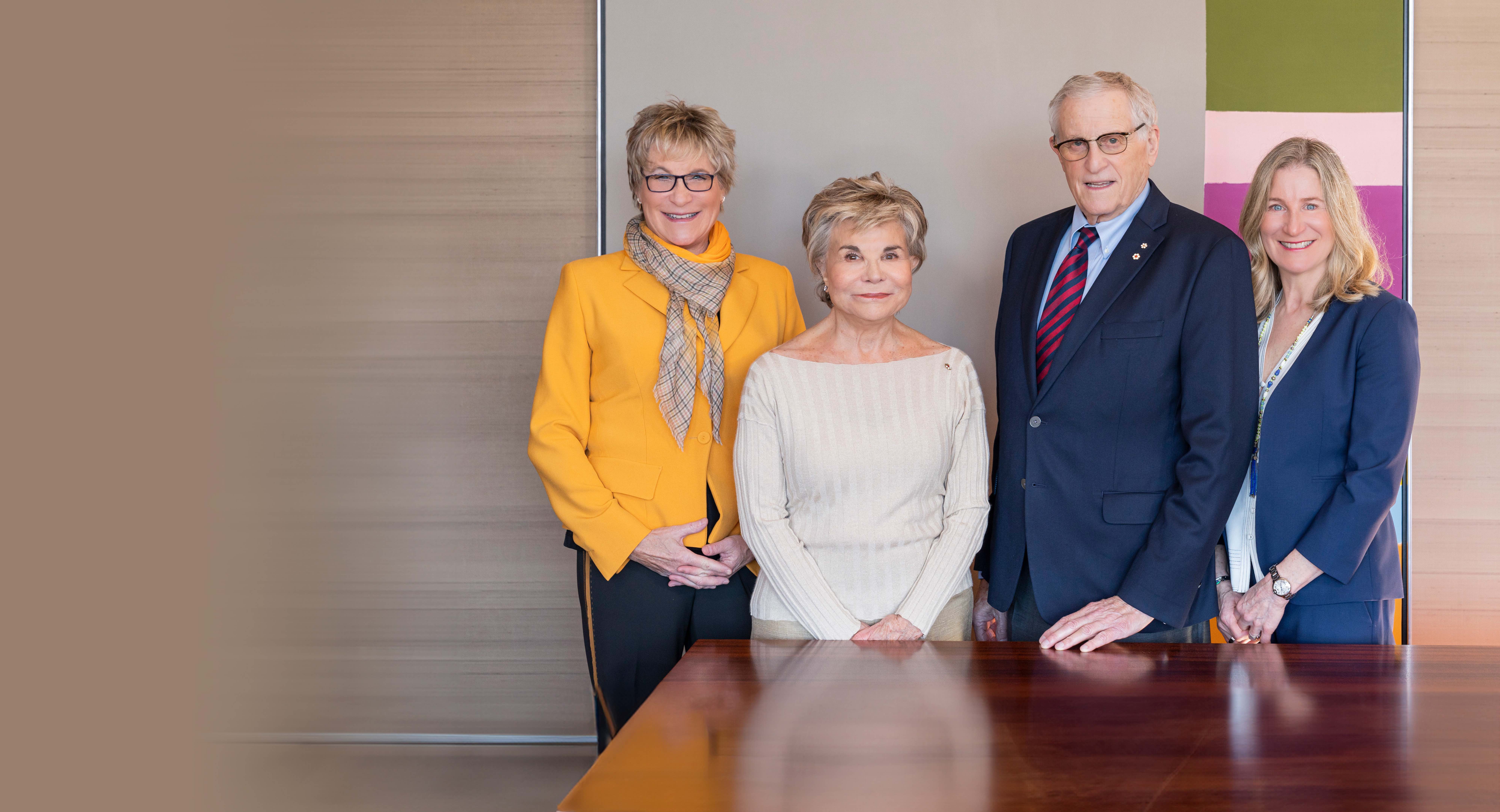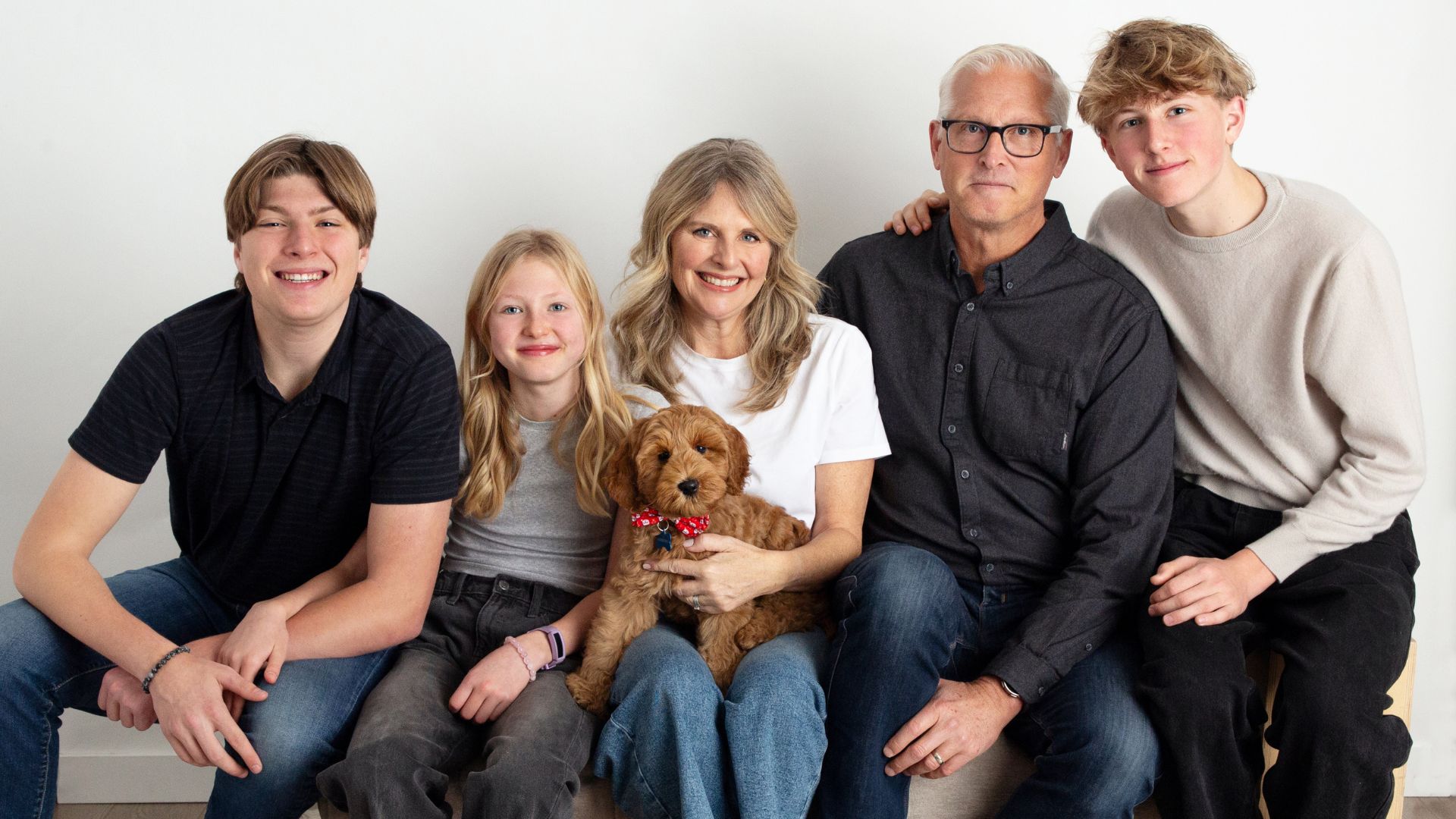For several years, Sara knew something was wrong.
She enjoyed a successful career and a busy lifestyle. But she wasn’t sleeping well, and often awoke feeling dull, listless and tired. She struggled with lethargy and increasing chronic pain due to arthritis.
In 2010, she undertook a sleep study at St. Michael’s Hospital in Toronto where she was living. It was there that she first learned about sleep apnea, a disorder in which a person repeatedly stops breathing during sleep for an average of 10 to 30 seconds, sometimes hundreds of times per night. Sleep apnea occurs when the upper airway becomes partially or completely blocked by soft tissue.
She had no idea what the diagnosis meant and what therapies were available to her. When Sara relocated to Vancouver two years after her initial diagnosis, she saw a GP who immediately asked her about her sleep apnea condition and referred her to UBC Hospital’s Sleep Disorders Clinic.
Her visit turned out to be life-changing.
A questionnaire at the Sleep Disorders clinic, along with a simple in-home, self-administered sleep test confirmed that Sara had severe sleep apnea, affecting her mood, energy and pain levels. “People don’t realize that you can be asleep and experience these drastic blockages that are life-threatening,” said Sara, upon finding out more about her diagnosis. Surprisingly, Sara’s condition is quite common among Canadians. Sleep disorders are a major health concern affecting 40% of adult Canadians.
“Lack of sleep can have minor side-effects like increased irritability, decreased ability to focus and may leave you prone to sickness,” notes Dr. John Fleetham, Medical Director for the Sleep Disorders Clinic and Professor at UBC’s Department of Medicine. “Left untreated, sleep apnea can give rise to diabetes, high blood pressure, and heart disease.”
For Sara, the turning point was meeting her health care team at the Sleep Disorders Clinic. They recommended using a Continuous Positive Airway Pressure (CPAP) machine, which provides steady air pressure through a mask or nose piece, as part of her nightly routine. Trying on the CPAP for the first time was literally the difference between night and day. The quality of sleep that she experienced made her feel years younger. It was the first time in years that Sara received eight hours of quality, uninterrupted sleep.
The benefits of using the CPAP machine far outweigh the health risks caused by sleep apnea. Restorative sleep has left Sara with less pain and much more energy. She no longer feels chronically tired and her arthritic pain has lessened. In her spare time these days, you’ll find her playing with her dog out at Jericho or Spanish Banks, volunteering in the community, and gardening from dawn to dusk
She credits the staff at the Sleep Disorders Clinic for regaining her ability to sleep well and the opportunity to enjoy her life more fully again.
“Sleep apnea is like having a stone in your shoe. You don’t realize how much pain you tolerate it until it’s treated and you get your life back.”
– Sara

